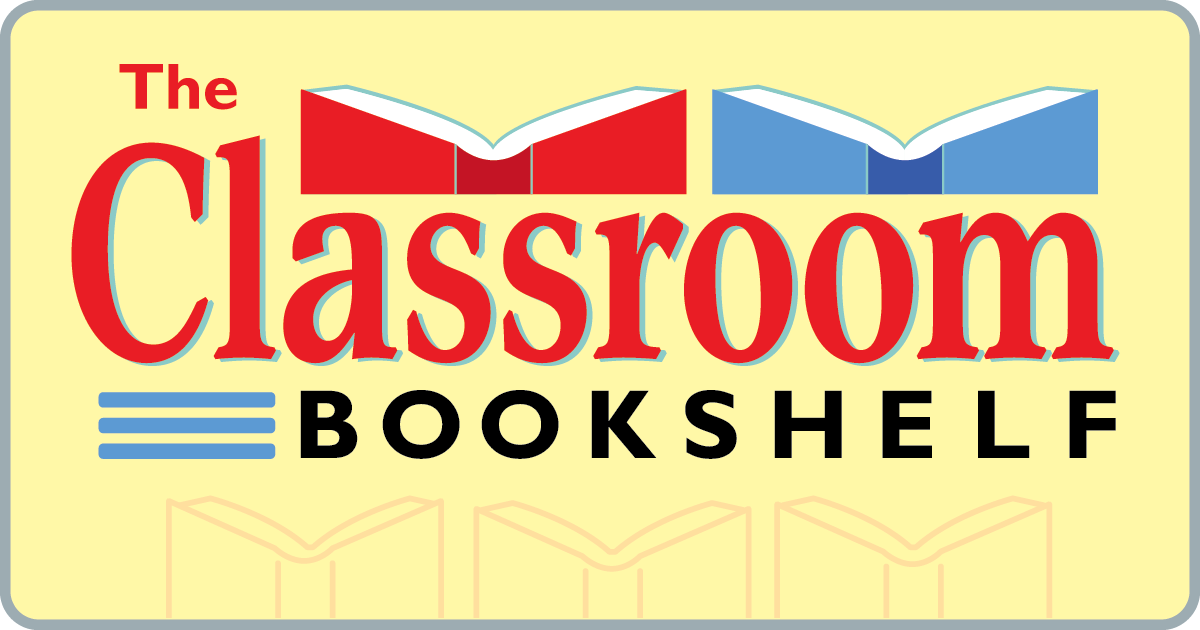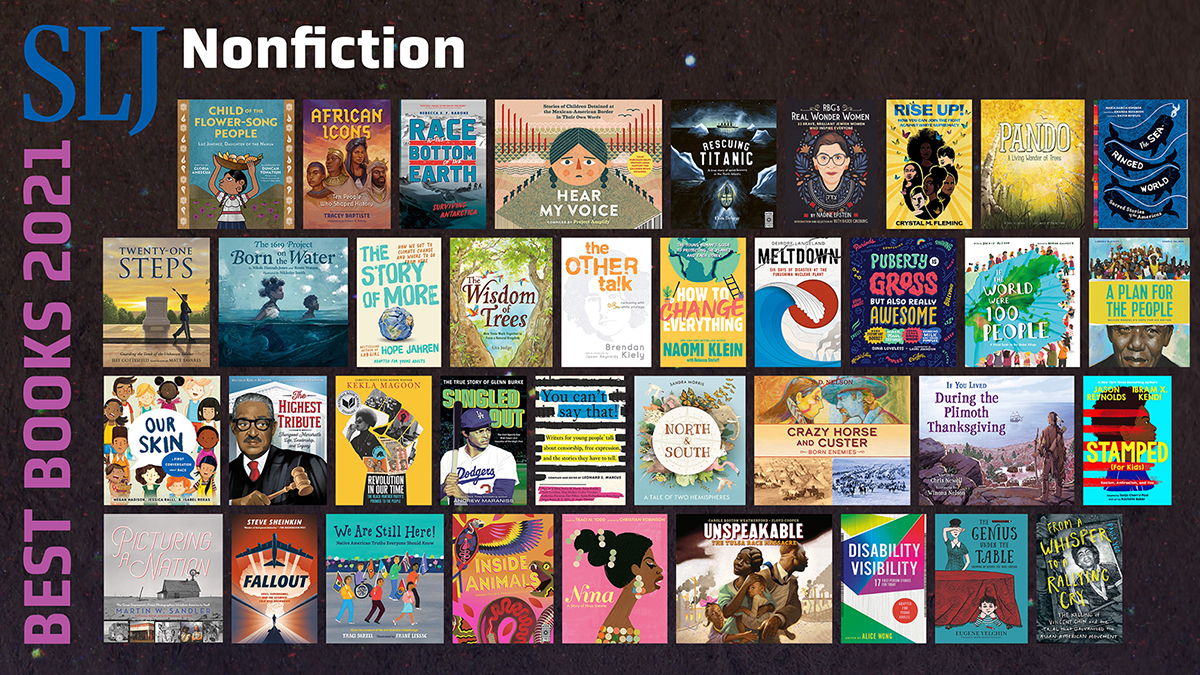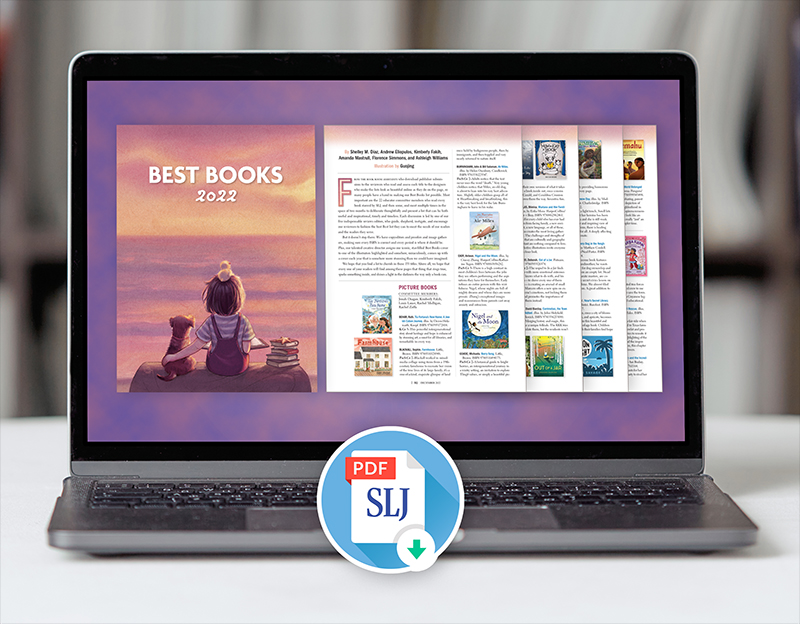Round Out Poetry Month with The Proper Way to Meet a Hedgehog and Other How-To Poems

Selected by Paul B. Janeczko and Illustrated by Richard Jones
Published in 2019 by Candlewick Press
ISBN: 978-0-7636-8168-5
Rooted in childhood wonderings like “How to Tell Goblins from Elves” and “How to Scare Monsters”, The Proper Way to Meet a Hedgehog and Other How-To Poems takes the how-to genre to new imaginative heights with sensitivity and humor. Each poem selected by lauded poet, anthologist, and teacher Paul Janeczko (1945-2019) offers a unique interpretation of the genre while guiding readers through the steps in a process: how to toast marshmallows, make a meal, walk on Mars, or ride a new bike. The collection begins by paying tribute to poetry itself with “How to Build a Poem” and concludes with “How to Pay Attention” aptly synthesized in two simple lines (“Close this book./ Look.”). Contributors include famed poets Kwame Alexander, Nikki Grimes, Ralph Fletcher, Pat Mora, and Robert Louis Stevenson alongside less familiar names for students to emulate and admire. Notably, the collection includes two poems that honor the strengths of differently abled individuals in Grimes’s “A Lesson from the Deaf” and Steven Winthrow’s “How to Read Braille”. Painted illustrations by Richard Jones extend the poems and further invite readers to linger on the page to notice textured details and a cast of diverse characters. With great awareness of the practical and fantastical concerns of children, this collection is a joyful addition to classroom libraries at any time of year.
Teaching Ideas and Invitations
K-5
How-To Poetry Writing: Tribute Poems. After reading aloud several of the selections, have students share what they notice the poems all have in common. From this conversation, collectively define the how-to genre, or procedural writing, as writing that shows the steps in a process. Engage in a conversation that compares and contrasts the ways that the poets in this collection have interpreted the genre. What are the ways in which the poets have interpreted the genre in different ways (ie., some use how-to in the title/some don’t)? Then, invite students to choose their own how-to topic to write in poetry form. It should be a topic in which they can visualize the steps to teach someone else. You may want to direct students to emulate one of the poets in the collection by drawing from the structure of one of the poems in their own writing. For example, students can consider the various poets’ use of line breaks, stanza breaks, rhyme, repetition, meter, and use of capitalization and punctuation.
ADVERTISEMENT
ADVERTISEMENT
Digger Deeper Into One Poet. This collection features the work of many highly acclaimed poets, both canonical and contemporary, but it also introduces less familiar names. Have students select their favorite poem and then dig a little deeper into that poet’s work. You may want to partner with your school or local librarian to gather poetry books by the poets featured in the book as part of a poetry classroom display for students to continue their study of a single poet. Also see Further Investigations below for online sites of many of the poets featured in this collection. Consider ways students can share what they learned about the poets through various means such as digital slideshows, audiorecordings, and daily poetry readings where students share poems they found by their featured poet. You may also want to follow contemporary poets students select on Twitter (with consideration of school policies for social media and Internet use) and support students to compose tweets in response to their favorite poems.
Looking at the World Like a Poet. The final two poems invite readers to look at the world like poets: “How to Catch a Poem” and “How to Pay Attention”. Use the reading of these two poems as a launching point for going on a poetry hunt field trip around the school or neighborhood. Using the advice of the poets, encourage students to be still, marvel, look, and let go. With clipboards, pencils, and various art instruments, invite students to list and sketch what they see and hear. Use these jottings as a means for poetry writing back in the classroom. After several days of poetry writing, celebrate students as poets through a special poetry reading event similar to an adult coffeehouse.
Create a Class Anthology. Paul Janeczko was known as an acclaimed poet and teacher, but he may have been most well-known for his work as a poetry anthologist. Learn more about his life and work by visiting his website and if available gather other anthologies he created including The Death of a Hat: A Brief History of Poetry in 50 Objects, Firefly July: A Year of Very Short Poems, A Kick in the Head and A Foot in the Mouth. To celebrate the reading and writing of poetry, create your own class anthology of how-to poems and other poetic works. Invite students to select a poem they wrote that they are most proud of adding to the collection. Make copies for students as an end of year gift and leave a copy in the school library for other students to read.
Pairing Drama with Poetry. Like informational how-to texts, the poems in this collection offer an opportunity for students to act out the steps that the poet suggests. Invite students to select a poem with a partner or in a small group to dramatically interpret. You might want to turn this into a guessing game by having students act out the steps to a poem through pantomime and having the rest of the class name which poem it refers to. As students write their own how-to poems, encourage them to act out their steps with a partner to see if they have included all of the steps in the process.
Poetry Debates: Agree or Disagree? Why? Select one of the poems in the collection that you think inspires some debate about its meaning or that you think will spark conversation about the thoroughness of its steps such as “How to Scare Monsters” or “Rules”. Have students stand in two lines depending on whether they agree or disagree with the steps of the poem. Next, have students engage in a mini-debate with the person across from them citing reasons and evidence for their thinking. Remind students that engaging in a debate is all about sharing your thinking with respect for the other person’s point of view. It’s not about right or wrong. Rather, it’s about sharing your ideas and listening to the ideas of others.
Paying Attention to Punctuation. Introduce students to the ways writers consider the effect of punctuation by doing a series of close readings with punctuation in mind. What kinds of punctuation can they find across the poems? What are the most common types of punctuation? Why might a poet use certain types of punctuation and not others? What happens when poets use punctuation creatively or nonconventionally? Invite students to look back at their own poetry writing with a lens towards where they can incorporate punctuation for effect. Extend this study by having students look at how punctuation is used in procedural texts beyond how-to poems such as in recipes.
Creating Texture through Illustrations. Throughout the painted illustrations, Richard Jones creates texture through the use of crosshatching and lines. Invite students to use paint in similar ways in response to one of the poems in the collection or to their own poetry writing. Gather a variety of materials such as sponges, sticks, lace, and even objects from nature for students to play with the effect they have when used to enhance the texture of their art.
Further Investigations
Online Resources
Paul Janeczko’s Site
https://www.paulbjaneczko.com/
Richard Jones’ Site
Kwame Alexander’s Site
Twitter: @kwamealexander
Calef Brown’s Site
Twitter: @calefbrown
Rebecca Kai Dotlich’s Site
https://www.rebeccakaidotlich.com/
Twitter: @Rebeccakai
Margarita Engle
http://www.margaritaengle.com/
Ralph Fletcher
Twitter: @FletcherRalph
Helen Frost
Charles Ghingna
https://www.charlesghigna.com/
Twitter: @GatherGooze
Nikki Grimes
Twitter: @NikkiGrimes9
Anna E. Jordan
Twitter: @annawritedraw
Irene Latham
Twitter: @Irene_Latham
Marjorie Maddox
http://www.marjoriemaddox.com/
Twitter: @marjoriemaddox
Pat Mora
Twitter: patmora_author
Charles Waters
https://www.charleswaterspoetry.com/
Twitter: @waterscharles
April Halprin Wayland
Twitter: @aprilhwayland
Allan Wolf
Twitter: @AllanWolf100
Books
Janeczko, P. (2015). The death of a hat: A brief history of poetry in 50 objects. Somerville, MA: Candlewick Press.
Janeczko, P. (2014). Firefly July: A year of very short poems. Somerville, MA: Candlewick Press.
Janeczko, P. (2009). A foot in the mouth: Poems to speak, sing, and shout. Somerville, MA: Candlewick Press.
Janeczko, P. (2005). A kick in the head: An everyday guide to poetic forms. Somerville, MA: Candlewick Press.
Filed under: Poetry
About Katie Cunningham
Katie is a Professor of Literacy and English Education at Manhattanville College. There she is also the Director of the Advanced Certificate Program in Social and Emotional Learning and Whole Child Education. Her work focuses on children’s literature, joyful literacy methods, and literacy leadership. Katie is the author of Story: Still the Heart of Literacy Learning and co-author of Literacy Leadership in Changing Schools. Her book Start with Joy: Designing Literacy Learning for Student Happiness will be released September 2019. She is passionate about the power of stories to transform lives.
ADVERTISEMENT
ADVERTISEMENT
SLJ Blog Network
2024 Books from Pura Belpré Winners
In Memorium: The Great Étienne Delessert Passes Away
Winnie-The-Pooh | Review
Parsing Religion in Public Schools
Finding My Own Team Canteen, a cover reveal and guest post by Amalie Jahn
ADVERTISEMENT








Two of my poems are included in THE PROPER WAY TO MEET A HEDGEHOG. I don’t have a website–and I’m not on Twitter. I do, however, have a children’s literature blog. Earlier this month, I posted my poems “How to Be a Mole” and “How to Be a Snowflake” from Paul’s book on my blog. In my post, I also showed how “how to” and “things to do” poems are alike.
Here’s a link to my post in case people would like to read some examples of “how to” poems:
http://wildrosereader.blogspot.com/2019/04/npm-how-to-poems-and-things-to-do-poems.html
Thank you, Elaine. Congratulations on your contributions to The Proper Way to Meet a Hedgehog. Thank you for sharing your blog and delightful How-to poems.